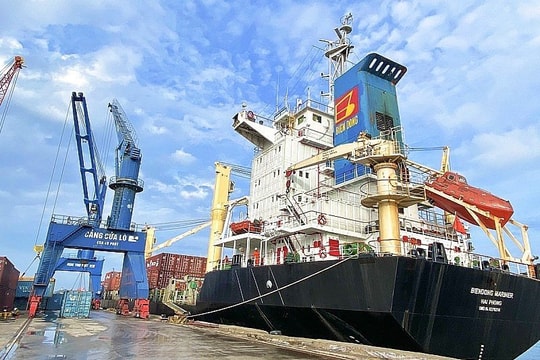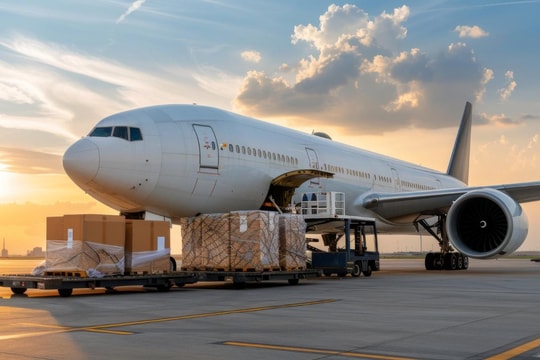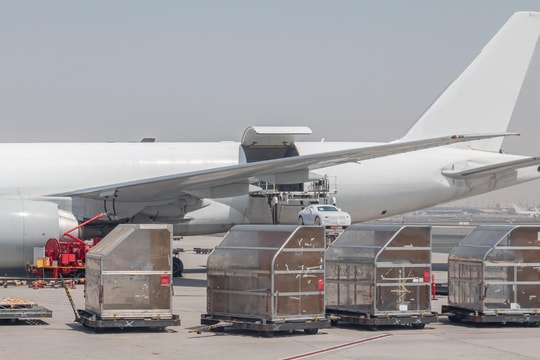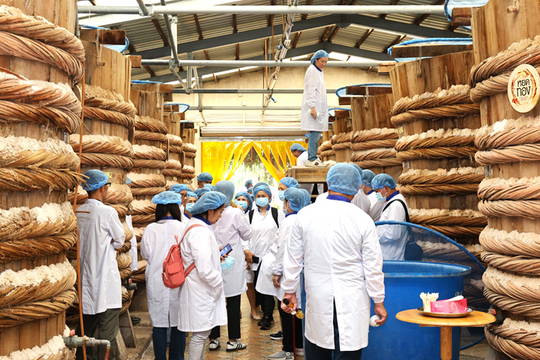
Independent owner-operators may be the most diversified, because they can quickly pivot to haul a variety of items
This is an unprecedented time of disruption and volatility. The pandemic is showing the need to be more diversified. Trucking companies built around a specific customer base shut down when that industry shut down. Oversaturation in one market or customer base means disruptions hit harder. Companies supporting the food and beverage supply chain saw traffic jump exponentially, as grocery stores remained open and in high demand.
Independent owner-operators may be the most diversified, because they can quickly pivot to haul a variety of items. They are spot providers who are not bound by dedicated contracts and pick up from load to load. But even their back-up plan to switch to another industry like construction when volumes are down is ineffective in a pandemic.
The industry has experienced disruptions before, but nothing on this scale. Lessons learned could put companies in position to handle future disruptions better. Disruptions can be the opportunity to build stronger organizations.
Overcoming aging systems and workforce
Technology laggards are having a tough time in the current conditions, but that pain should provide motivation to review technology solutions and embrace new tools.
Like many industries, transportation is dealing with a tenured and experienced workforce. Tracking and managing are often done via disconnected spreadsheets, with most of the day spent calling and emailing transportation providers. Many companies still have manual systems. The businesses work because they have a group of people with years of experience.
But no matter how much experience your workforce has, it was probably not prepared for a disruption of this magnitude. In a dynamic and disrupted market, they may not be making the right decisions because they have never experienced this kind of event before. If a company hasn’t invested in new technology, employees may not be equipped to change direction.
Customers trying to manage unexpected demand do not want to spend all day on the phone or sending emails to find capacity. In these situations, a company looking for capacity could benefit from a real-time API rating solution to get a rate, confirm a truck, and then have a platform provider source and assign the transportation vendor.
Preparing for the next disruption
Companies which invested in technology are going to be in a better position. Technologies that produce and encourage network effects provide better insights into the market, as opposed to reacting as a single participant within the market.
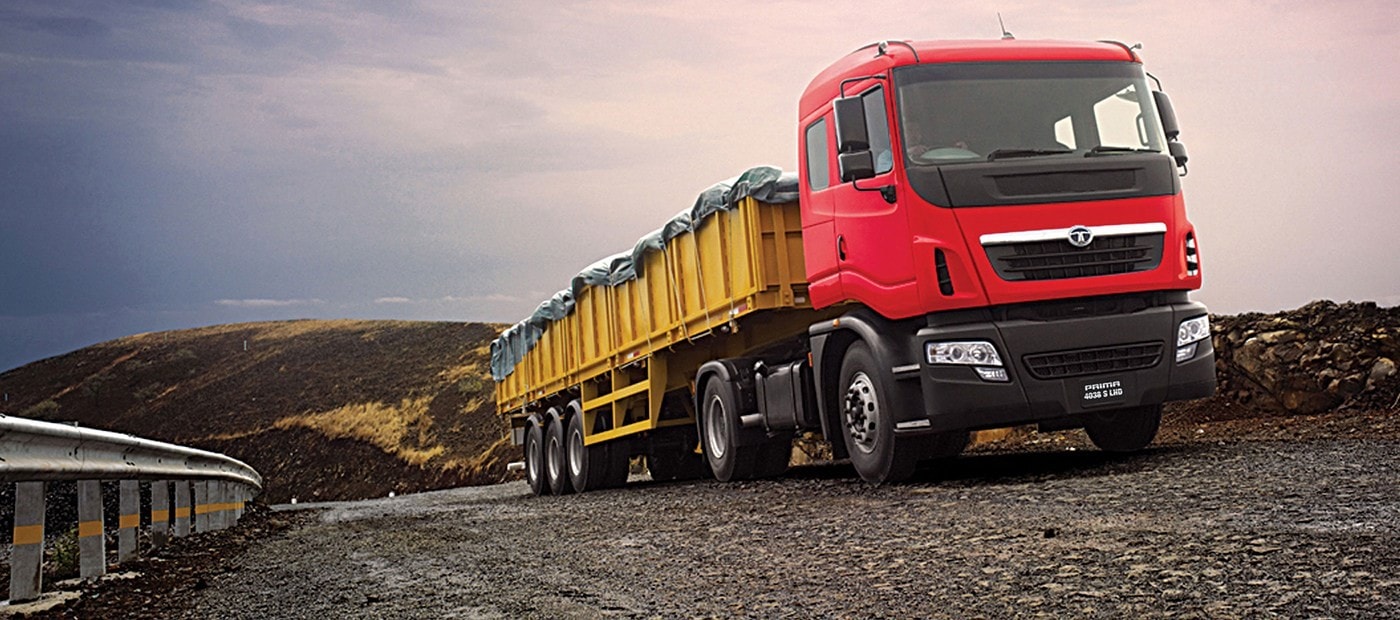
With the right technology, analytics, and metrics, companies could have seen the coronavirus trends as early as January
With the right technology, analytics, and metrics, companies could have seen the coronavirus trends as early as January. The analytics would have identified some of their clients increasing full truckloads to their stores. The data meant they had time to react before the disruption hit the market, but companies without a technology base had no idea and were unprepared.
Funding technology projects is always a challenge, and transportation traditionally does not have capital to invest in expensive technology. Based on this disruption, there may be a trend to create more inexpensive offerings with mobile capabilities. It may be as simple as drivers opting in to allow companies to track them via cell phones.
Ultimately, the goal is to have a single, clear view of the entire transportation network from ocean containers to truckloads to less-than-truckload tracking. For now, the continued progression of a multi-pronged approach to driver visibility includes platforms with mobile capability at the center.
Moving beyond disruptions
This disruption will cause some companies to fail. The best defense is reviewing and reflecting on the data now to make fact-based decisions.
Transportation is already a tough industry. COVID-19 will accelerate the demise of trucking companies that were already struggling. Without processes and technology, responding in a disruption is nearly impossible. Those companies that survive need to take the opportunity to learn, reevaluate their corporate strategy, and be ready for the next time.


